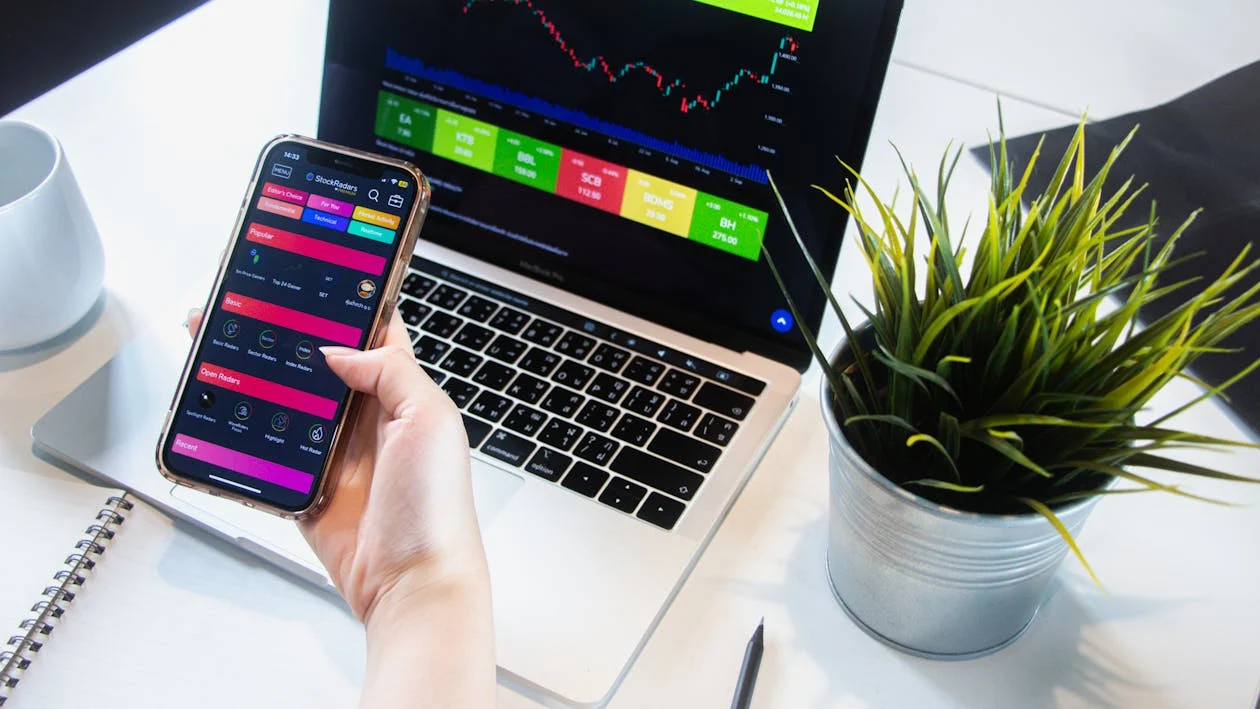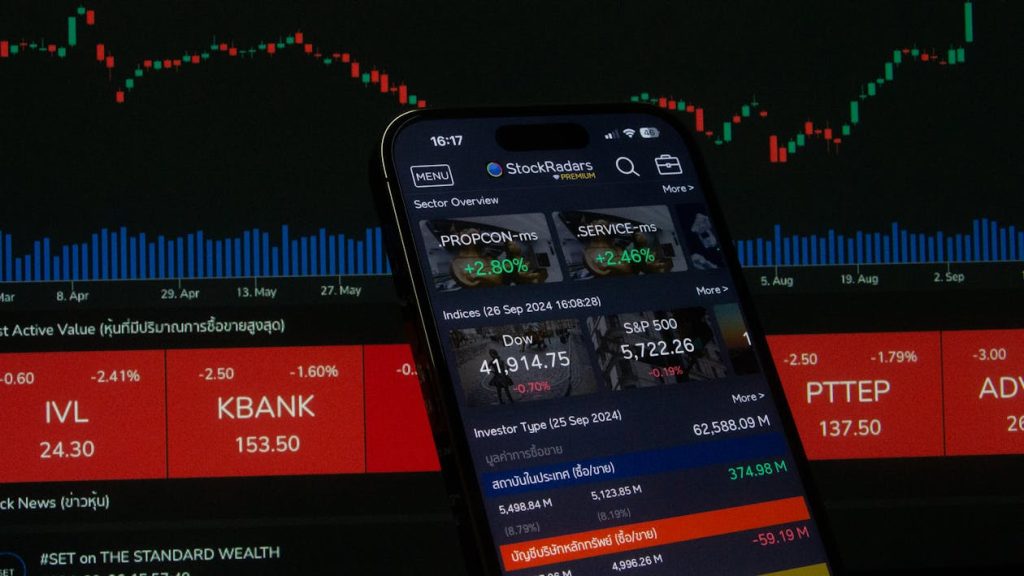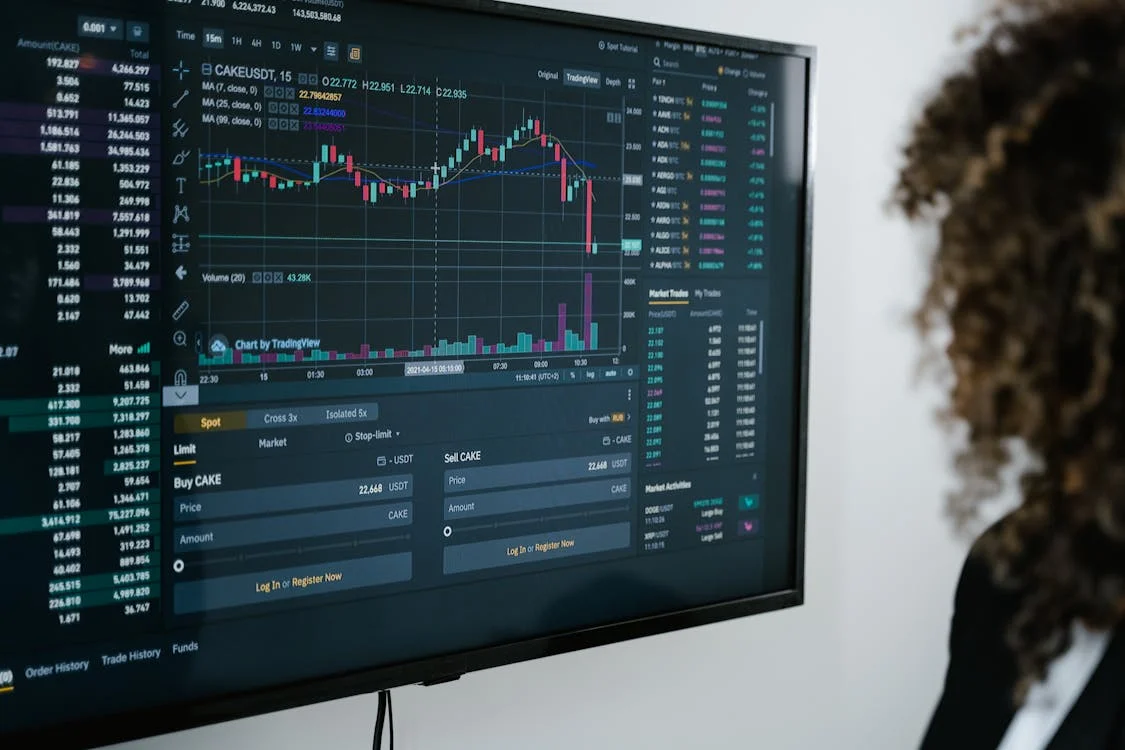Emotional Control: The Key to Forex Trading Success
Forex trading is as much a psychological game as it is a technical one. While traders often focus on charts, indicators, and market trends, emotional control is equally essential to make the right decisions. This article explores how mastering your emotions can improve your decision-making process and lead you to greater success in the Forex market.

The Role of Emotions in Forex Trading
Traders often think that success in Forex comes from following a perfect strategy or predicting the right market direction. However, what most fail to realize is that emotions like fear, greed, and overconfidence can significantly impact their trading performance. These emotions can distort judgment, resulting in poor trading decisions. Recognizing the influence of these feelings is the first step toward successful trading.
Common Emotional Pitfalls in Forex Trading
1. Fear of Losing
Fear of losing money is a common emotion that all traders face at some point. This fear often leads to hesitation in entering trades or prematurely closing positions out of anxiety. Fear of loss can cloud judgment, causing traders to second-guess their decisions or avoid taking necessary risks.
To manage this fear, traders should rely on a clear trading plan and stick to their strategy, regardless of market fluctuations.
2. Greed for Quick Gains
Greed is another emotion that can lead traders astray. The desire for quick profits often encourages traders to take excessive risks, over-leverage, or chase after trades without proper analysis. While the potential for high returns may be enticing, greed can lead to heavy losses if not kept in check.
To curb greed, traders should focus on long-term gains, set realistic profit targets, and avoid deviating from their trading plan in the pursuit of rapid rewards.
3. Overconfidence and Impulsiveness
After experiencing a few successful trades, traders might develop overconfidence, leading them to make impulsive decisions. This often results in ignoring risk management rules or entering trades without proper analysis. Overconfidence can also lead to the belief that one can control the market, a dangerous mindset in Forex trading.
Traders must remind themselves that no market is predictable, and humility is essential in the face of market uncertainty.
Effective Strategies to Control Emotions
1. Create a Well-Defined Trading Plan
A comprehensive trading plan is crucial for managing emotions. The plan should outline entry and exit points, risk management rules, and clear goals. Having a strategy in place helps remove emotional biases and provides a systematic approach to trading.
2. Practice Emotional Detachment
One of the best ways to manage emotions is by developing emotional detachment from the outcome of each trade. This means viewing each trade as part of a larger strategy rather than as a personal win or loss. By focusing on the process and not the immediate result, traders can avoid making rash decisions driven by emotion.
3. Use Automated Tools for Risk Management
To further reduce emotional interference, traders can implement automated trading tools that execute trades based on predetermined criteria. Using stop-loss orders and take-profit targets can help limit losses and lock in profits, removing the need for emotional decision-making when the market moves against or in your favor.








